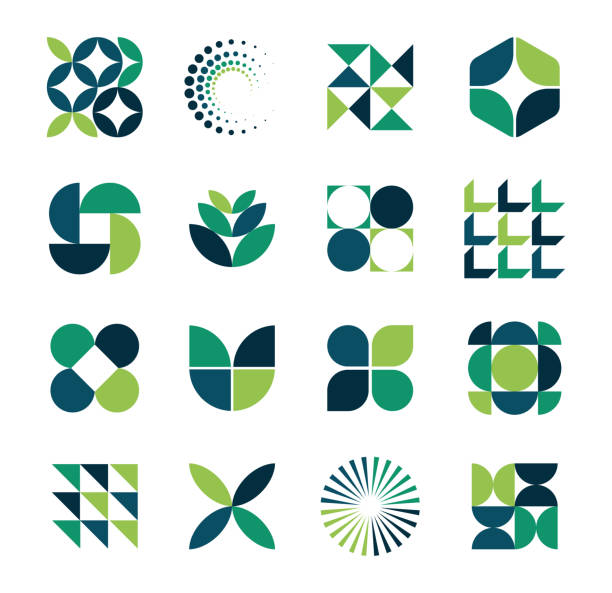Creating a logo can be a challenge. It involves considering how you want your brand to be represented and seen by an audience. Do you want text, or just an icon? There’s a lot to consider.
Your logo is the cornerstone of your brand identity. It’s the visual representation that communicates your brand’s values, personality, and essence to the world. As a beginner brand, selecting the right logo is a crucial step in establishing a strong and memorable brand presence. There are a few considerations to make when deciding on your logo.
Understand your brand identity
Before diving into logo design, take the time to define your brand identity. Consider your brand’s mission, values, target audience, and unique selling points. Reflect on the emotions and impressions you want your brand to evoke in your audience.
Understanding your brand identity will provide valuable insights and direction for designing a logo that resonates with your audience and effectively represents your brand. It’s important your brand is represented in a strong and powerful way.
Research your competitors and industry
Conduct research on your competitors and industry to gain inspiration and insights into logo design trends and best practices. Analyse the logos of successful brands within your niche and identify common themes, styles, and elements.
Pay attention to colour schemes, typography, symbols, and overall aesthetics that align with your brand’s identity and differentiate it from competitors. You want to find a different angle. The aim isn’t to be the same as your competition.
Choose the right logo type
There are several types of logos to consider, each with its own strengths and characteristics:
Word mark or logotype: A word mark logo consists of the brand name or a custom typography treatment. It’s ideal for brands with distinctive names or strong brand recognition.
Symbol or Icon: A symbol or icon logo features a graphic that represents the brand. It’s memorable and versatile, making it suitable for brands that want a visual element.
Combination Mark: A combination mark combines a word mark with a symbol or icon. It offers the best of both worlds, allowing for flexibility and recognition.
Emblem: An emblem logo integrates the brand name and symbol or icon into a unified design. It’s often associated with traditional and prestigious brands.
Consider which logo type best aligns with your brand identity, values, and goals, and choose one that effectively communicates your brand message to your target audience.
Keep it simple and scalable
When designing your logo, prioritise simplicity and scalability. A simple logo is easier to recognise, remember, and reproduce across different mediums and platforms. Avoid cluttered designs, intricate details, and excessive text that can detract from the clarity and impact.
Ensure that your logo is scalable, meaning it looks good and remains legible at various sizes, from a tiny flyer to a large billboard. You want to ensure it isn’t hard to make out when small. Or, that when it’s blown up it’s not pixelated, as this will ruin the logo look.
Test and iterate
Once you’ve created a few logo concepts, gather feedback from trusted friends, colleagues, or target audience members. Ask for their opinions on the design, aesthetics, and overall impression of each logo. Remember, criticism isn’t always a bad thing.
Use their feedback to refine and iterate on your designs until you’re satisfied with the final result. Remember that logo design is a collaborative process, and it’s okay to make revisions and adjustments along the way. It won’t be perfect in the beginning.
Choosing the perfect logo as a beginner brand is a pivotal step in establishing your brand identity and making a memorable first impression on your audience. By understanding your brand identity, and researching your competitors, choosing the right logo will be easy. Remember that your logo is more than just a visual symbol. It represents you.







